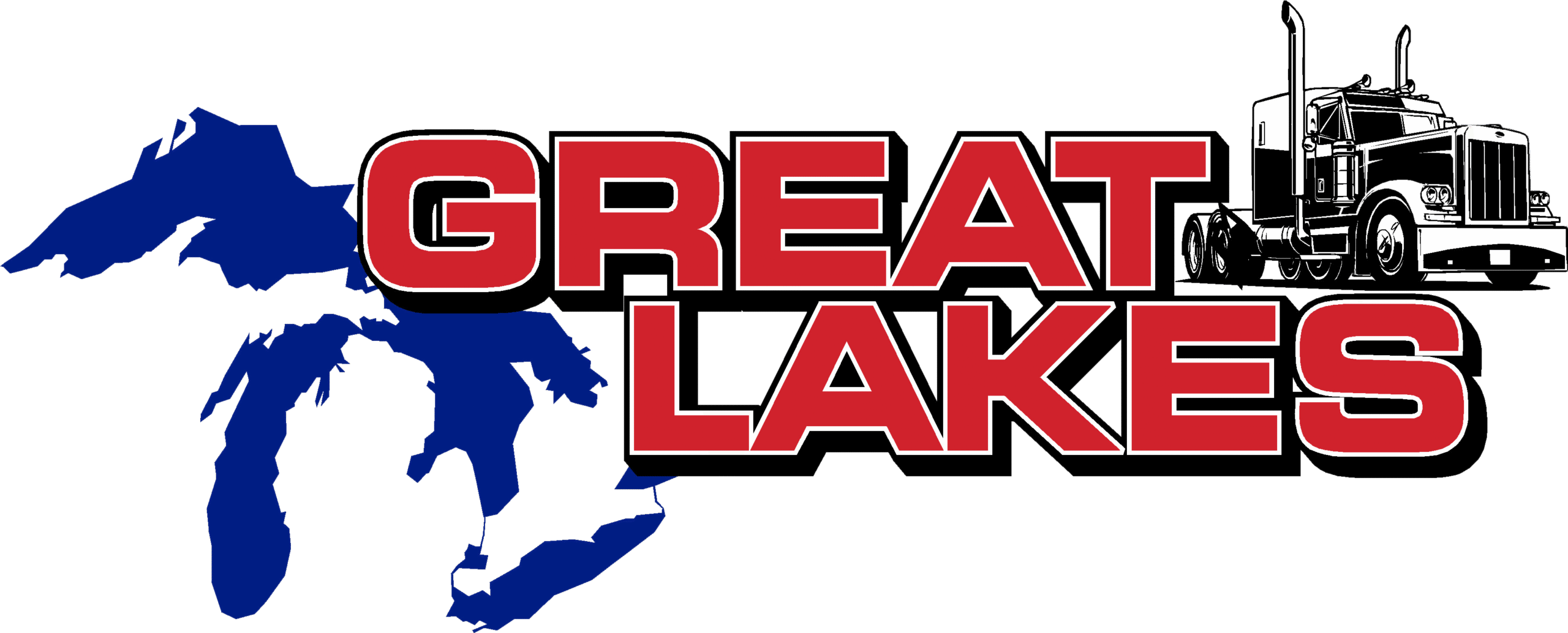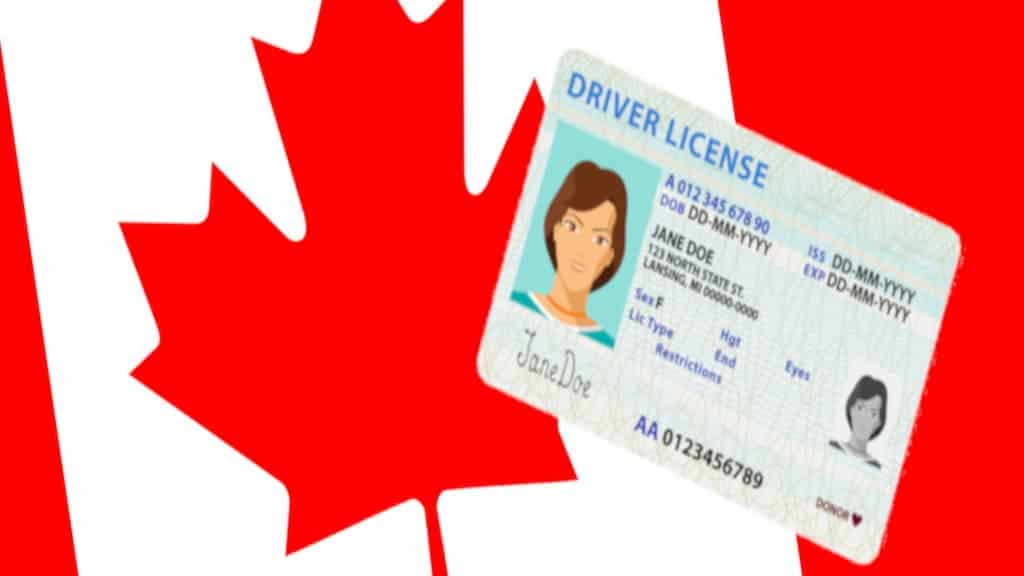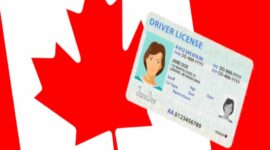What License Do I Need to Become a Truck Driver in Ontario?
by admin
To work as a truck driver in Ontario you need one of two commercial licence classes:
- Class A for tractor-trailer combinations (where the towed vehicle exceeds 4,600 kg).
- Class D for straight trucks with a registered gross weight or actual weight over 11,000 kg and not towing a heavy trailer.
Note: Class B and Class C are bus licences, not truck licences.
Class A Licence (Tractor-Trailers)
Eligibility
- 18 years of age or older
- Full Class G licence
Steps
- Pass vision and knowledge tests.
- Complete Mandatory Entry-Level Training (MELT) at an approved school.
- Pass the Class A road test in a tractor-trailer.
- Obtain the Z (air brake) endorsement if operating vehicles with air brakes (most Class A units).
- Meet commercial medical requirements as set by the MTO and keep them current.
Class D Licence (Straight Trucks)
Eligibility
- 18+ with a full Class G licence
Steps
- Pass vision and knowledge tests.
- Pass the Class D road test in a straight truck.
- Add Z endorsement if the vehicle has air brakes.
- Meet commercial medical requirements.
Dangerous Goods, Company Requirements, and Paperwork
- Carrying dangerous goods requires TDG (Transportation of Dangerous Goods) training and certification, issued by the employer. It is not a separate licence class.
- Drivers do not hold an “operator’s licence.” The carrier (employer) must hold a valid CVOR (Commercial Vehicle Operator’s Registration) and ensure the vehicle has a permit, plate, and insurance.
- Some employers may require additional experience or set 21+ age for U.S. cross-border work. That is company policy, not provincial law.
Quick Start Checklist
- 18+, full G licence
- Write knowledge test (A or D) and vision test
- Complete MELT for Class A
- Pass your road test
- Add Z endorsement if needed
- Keep medical up to date
- Ensure employer has CVOR; complete TDG if carrying dangerous goods
Common Misconceptions (Fixed)
- “Class A is required for any vehicle over 11,000 kg.”
False. Over 11,000 kg applies to Class D straight trucks. Class A is about tractor-trailer combinations. - “You need Class A, B or C to be a truck driver.”
False. Truck drivers use Class A (tractor-trailer) or Class D (straight truck). B/C are for buses. - “You must be 21 years old.”
False. The legal minimum is 18 (some employers prefer 21+ for cross-border work).





